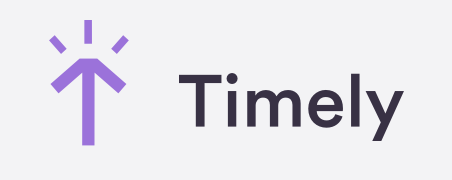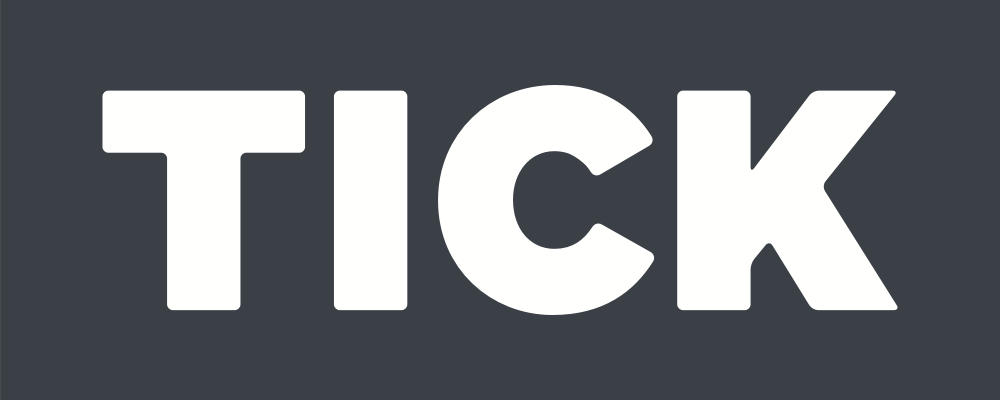How to Measure Productivity of an Employee Working from Home: 3 Pillars of Remote Team Success
Would you like to stay ahead of other employers by allowing remote work while also ensuring great business results? Read this short guide to find out how to measure the productivity of an employee working from home for maximum efficacy.
Imagine setting up a system of remote work that allows your company to grow while your employees get the desired flexibility.
A system like this needs strong foundations, and they are listed in this concise guide.
Read on to learn how to measure productivity of an employee working from home while steering clear of micromanagement.
1. Organization of Work
Investing time into project planning and organization of tasks and subtasks is a job half-done. Check out how you can improve the organization of work within your company:
Lay Out Bite-Sized Objectives
Breaking larger tasks into smaller milestones can increase task visibility. Implementing this system can also motivate employees by providing clear markers of progress.
This method can be standardized across teams to aid in managing and integrating new members without overwhelming them.
Use Project Management Software
Project management tools offer a non-intrusive way to monitor team productivity. These platforms, like Trello, Jira, and Asana, provide easier tracking of task completion and workload distribution. Thanks to them, leaders can manage projects effectively and ensure fair work distribution.
Define Due Dates
Setting realistic deadlines for each task helps employees prioritize their work. At the same time, it allows managers to gauge the adequacy of resources. To set realistic and achievable expectations, PMs need to collaborate with employees and ask for their estimations.
2. Accountability
Keeping employees accountable without making them feel like you are pressuring them is not an easy task. This is how to set about solving it:
Track KPIs, OKRs, & ROI
Key Performance Indicators (KPIs), Objectives & Key Results (OKRs), and ROI for each employee are essential for tracking productivity. Here are some more details:
- KPIs are specific to each role, reflecting individual performance through relevant metrics.
- OKRs complement KPIs by setting broader business goals as well as breaking them down into achievable tasks for teams and individuals.
- The ROI of each employee helps ascertain their contribution to your business's success.
These metrics help monitor progress and ensure that remote employees align with company objectives. Honesty and transparency in these assessments are necessary for fostering trust and accountability within the team.
Introduce Monitoring Software
Employee monitoring tools track and analyze the attendance, work style, and productivity of each worker. With the collected data, they detect workflow and resource allocation deficiencies, as well as areas for improvement for every individual within the company structure.
Insightful is a robust set of monitoring tools that is popular across industries. It is equally useful in remote, hybrid, and office environments.
Besides tracking employee work hours, it allows monitoring of app and website usage, as well as automatic and on-demand screenshots. Insightful also allows integration with numerous project management tools to make workflow smoother. These functionalities reinforce the sense of accountability in employees and help employers always be aware of what their employees are doing.
3. Communication
A leader cannot organize work well or keep their employees accountable without efficient communication. Take a look at the two important tactics for improving internal communication:
Schedule Frequent Check-Ins
Frequent team meetings and individual check-ins are vital for staying updated on progress toward KPIs and OKRs. These sessions should encourage open feedback and allow for adjustments in work plans based on employee input and project developments.
Emphasize the Importance of Openness
Ensure that every employee understands that effective communication is the building block of remote work productivity.
Build a supportive work culture by encouraging interaction via group chats, updates, and recognitions. To be able to do this, you must provide channels for instant messaging, such as Slack, in addition to email as a channel for formal updates.
Maintaining Remote Employee Performance
Studies show that happy employees are more productive. This is why, beyond measuring productivity, it is critical to nurture a positive and engaging remote work environment. To do this, a leader must recognize and reward hard work, prioritize employee wellbeing, and ensure comfortable work setups.
Conclusion
Setting up a highly efficient remote work system is much more than sending people home with their laptops and a request to keep their web cameras on during the entire shift.
Constant and intrusive surveillance is far from efficient remote work management. The two have nothing to do with each other.
Focus on providing all necessary information. This applies to both data necessary for actual tasks and the info regarding the company’s short and long-term goals. Be clear when explaining what is expected and how each employee’s achievements will be measured.
Support your workers every step of the way through regular check-ins and feedback and watch your team and company thrive together.
¿Está listo para tomar el control total de su lugar de trabajo?
Pruebe la solución más sencilla hoy mismo...
Prueba Gratis.svg)





























%20(1)%20(1).png)
.jpg)

.png)
.png)


%20(2)%20(1).png)
